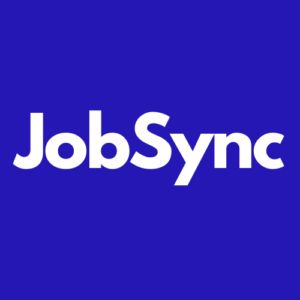
“As soon as you start losing candidates, what’s the chance of them ever coming back?” Jeff Weidner asked in a recent episode of the 10x Candidate Experience Podcast.
Our own Leah Daniels spoke with Jeff about The Goldilocks Zone when candidates go through the application process (not too long, not too short), about how long it takes for a recruiter to respond, and what steps need to be taken to make sure this process is successful for both sides.
Leah noted, “This isn’t a technology problem [the candidate experience] – this is a process problem.”
Companies tend to think they’re on an episode of The Bachelor – that they’re handing out roses to candidates that are just dying to have a job offered to them. When in reality, the companies need to be focused on how they’re attracting, retaining, and gaining the right candidates. But they’re not – candidates are in the driver’s seat.
What trends popped up from 2021 that are now carrying over to 2022?
Here are our top 5 takeaways:
1. People know their worth and what they’re capable of. We’re seeing a lot of blue collar workers quitting their jobs and applying for entry level white collar positions – especially remote roles. What was once two clearly defined ‘pools’ of candidates, a large blue-collar pool and a smaller white-collar pool, is now a larger white-collar pool with a shrinking blue-collar one. More and more candidates are opting out from the recruiting process because they know that how they’re treated during the application process is going to mirror how they’re treated when and if they get hired.
2. The investment in the employees needs a more holistic approach. Employees want the feeling that they are being paid and treated fairly and that opportunities are there for them [and that they’re attainable].“It doesn’t take long to go to Glassdoor and see that no one wants to work at your company.” We need to remember that most of the people applying for these roles have had previous experiences (good and bad) and they have expectations as to what the application and interview process [should] will look like.
3. Employers can’t get away with their bad habits anymore. How are you making it easier to get the candidates into the process and keeping your hiring managers excited about doing their jobs? Hiring managers want and need great people, but are often the biggest slowdown in the process. There’s more to building great teams than just saying APPLY NOW and hoping for the best. You need the whole team on board with hiring, and responding, quickly.
4. You can’t increase diversity if it’s not being represented from the start. Asking candidates to interview with an entirely non-diverse team is the first step to getting a diverse candidate to say ‘no’. Increasing diversity isn’t just a recruiting goal, it has to be a company goal that is embraced from top to bottom.
5. Change has to happen across the board. If leadership isn’t going to get on board with process improvement, how can you expect your people to? Recruiting organizations can’t focus on improving the candidate experience if leadership doesn’t concern themselves with fixing the employee experience (you want raving employees who aren’t turning over en masse), the technology experience (it has to work, and work for your users, not against them) and the recruiter experience (when the two work, a great recruiter experience is easy).
“We can’t sacrifice the recruiter experience for the candidate experience.”
Be sure to check out Jeff’s podcast and hear more from Leah on our monthly roundtables.

